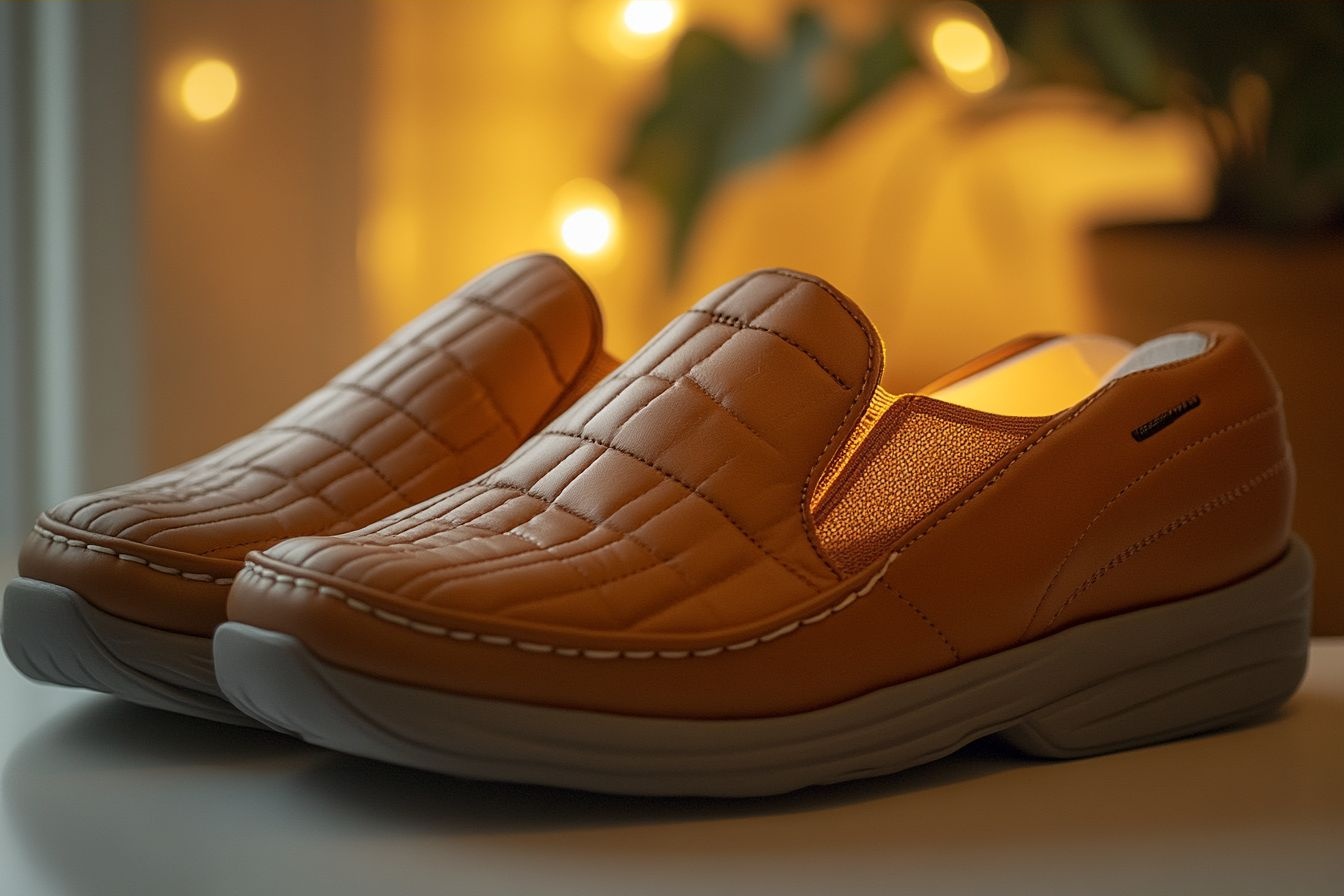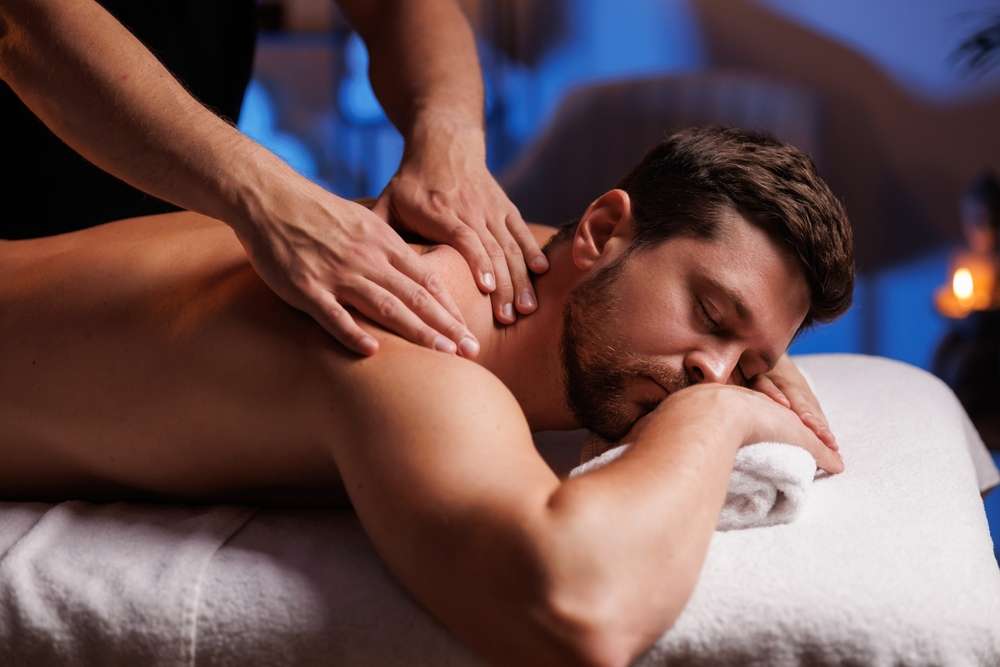Slippers: A Practical Guide to Indoor Comfort and Footwear
Slippers are a common piece of footwear in many households, designed primarily for indoor use and everyday comfort. They range from simple slip-on models to more structured designs with arch support, and they can influence foot health, warmth, and posture. This guide explains types, materials, care, and how to choose slippers that suit your needs.

What are slippers and how are they used?
Slippers are lightweight, soft-soled shoes intended for indoor wear. Their primary functions are to protect feet from cold or hard floors, maintain cleanliness in living spaces, and provide a quick, comfortable option for short trips inside the home. Some slippers have minimal structure and are intended only for lounging, while others include more support suitable for brief outdoor tasks like stepping onto a porch.
Usage patterns vary culturally and by household rules: many people remove outdoor shoes at the door and swap them for slippers to reduce dirt inside. Slippers can also be designed for specific purposes—spa-style for softness, mule-style for ease of slipping on, or boot-style for warmth during colder months.
When should you wear shoes versus slippers?
Choosing between shoes and slippers depends on activity and environment. Shoes are designed for outdoor terrain, extended walking, and support during physical activities; they typically offer sturdier soles, better traction, and more structured support. Slippers, by contrast, are intended for short-duration indoor tasks and relaxation where heavy-duty protection is not required.
For people with certain foot conditions or who require stable support for standing or walking long periods indoors, low-profile supportive shoes or specialized indoor footwear may be more appropriate than soft slippers. Consider the duration you’ll be on your feet, floor surfaces, and any medical guidance when deciding which to wear.
Choosing slippers for indoor use
Selecting slippers for indoor use starts with assessing your primary needs: warmth, traction, arch support, or ease of use. If floors are cold, consider slippers with insulating linings like faux fur or wool. For tiled or slippery surfaces, look for soles with rubber grips or textured patterns to reduce the risk of slips and falls.
Fit matters: slippers should hold your foot without pinching and allow natural toe movement. Adjustable closures (velcro, buckles) can help accommodate swelling or orthotic inserts. If you plan to wear slippers for longer stretches, prioritize designs with moderate cushioning and support to reduce fatigue.
Materials and design that enhance comfort
Common slipper materials include cotton, fleece, wool, suede, leather, and synthetic fabrics. Natural fibers like wool and cotton offer breathability and moisture regulation, while synthetic insoles and memory foam provide cushioning tailored to comfort preferences. Leather and suede offer durability and a more structured feel but may require break-in time.
Design elements that influence comfort include sole thickness, arch support, heel cups, and toe box width. A thicker, contoured sole can provide better shock absorption and support for people on their feet more often. Removable insoles allow cleaning and the use of custom orthotics. When evaluating comfort claims, prioritize personal fit and tangible design features rather than marketing language.
Footwear maintenance and hygiene
Keeping slippers clean and well-maintained extends their useful life and preserves hygiene. Check manufacturer care instructions—many fabric slippers are machine-washable, while leather or suede models require spot cleaning or specialized care. Allow slippers to air out between uses to reduce moisture buildup and odor; rotating between two pairs can help them dry fully.
Inspect soles regularly for wear—thin or smooth soles can reduce traction and increase slip risk. Replace slippers when cushioning or support degrades, or when the sole becomes uneven. For households where cleanliness is important, consider slippers with removable, washable liners or antimicrobial-treated fabrics to minimize bacterial growth.
Conclusion
Slippers serve an important role in everyday home life by providing indoor comfort, warmth, and a barrier between feet and floors. Choosing the right pair involves balancing materials, support, fit, and the intended indoor activities. Proper care and timely replacement help maintain hygiene and comfort, ensuring slippers remain a practical component of your footwear options.






